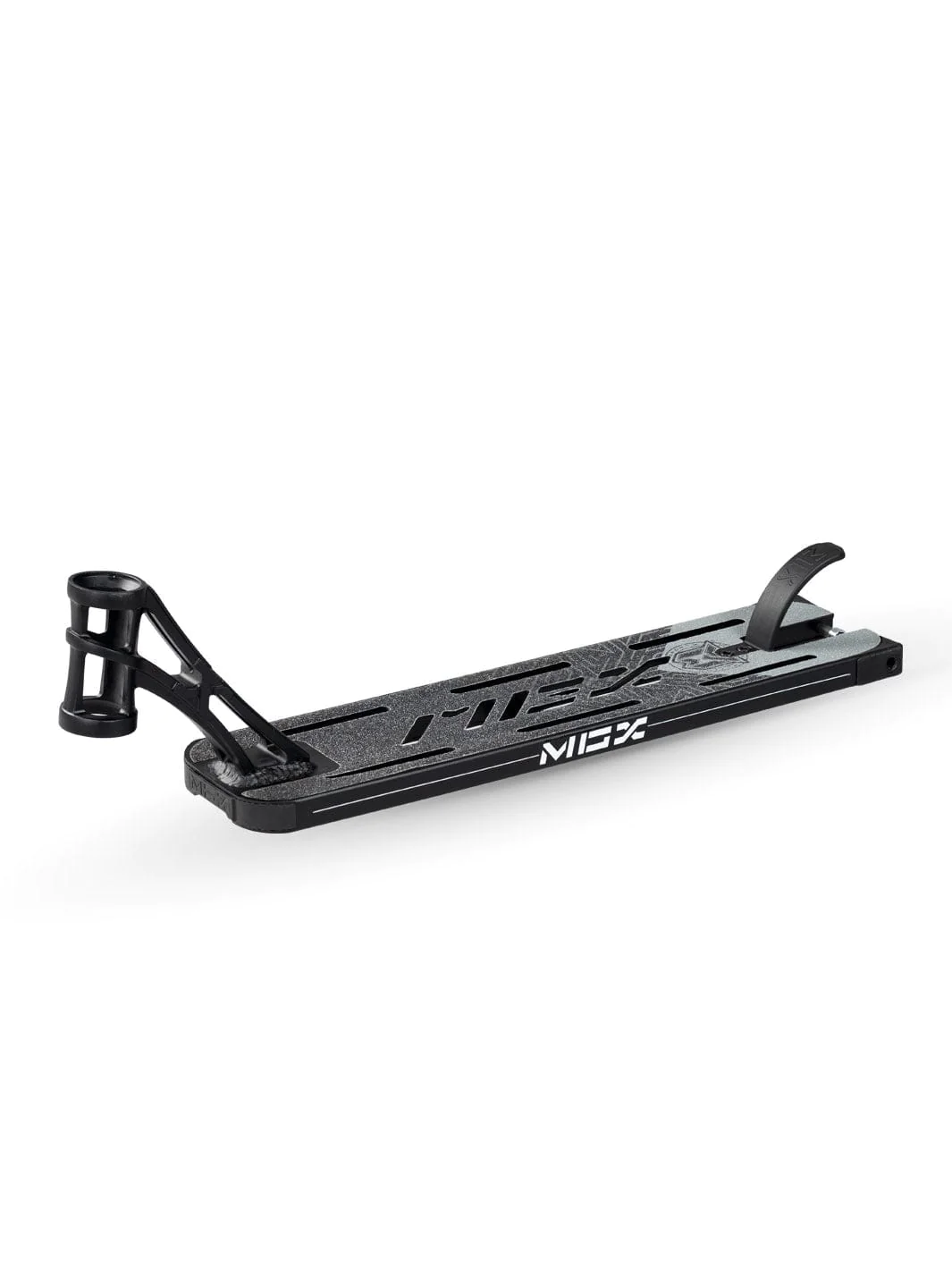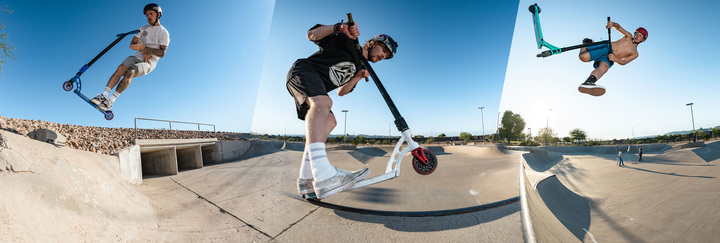What is a pro scooter? Ultimate Pro Scooter Buying Guide for Parents and Teens
Choosing the right pro scooter represents an important investment in your child's active lifestyle and safety. This comprehensive guide will help you navigate the complex world of stunt scooters and answer common questions like what is a pro scooter.
Don't forget to check out our Pro Scooter Selector for customized recommendations based on age, height and budget, especially when looking for pro stunt scooter kids ages 5–12 or beyond.
The Anatomy of a Pro Scooter
Understanding what is a pro scooter and what makes it different from regular scooters is the first step in making an informed decision. These specialized equipment pieces are designed for performance and durability rather than casual riding.

Critical Components Overview:
Pro Scooter Bars
The steering component that determines control and feel
Pro Scooter Forks
Connects bars, deck, and front wheel for structural integrity
The Deck
The main platform that affects weight distribution and trick performance
Headset
Ensures smooth rotation and perfect alignment during maneuvers
When evaluating pro stunt scooter kids ages 6–14, each of these components must meet specific quality standards to ensure safety and performance longevity.
Choosing the Right Bars for Your Scooter
Selecting appropriate bars is crucial when pro scooter buying. The bars significantly impact the rider's control, comfort, and ability to perform tricks safely.

Material Considerations:
Steel Bars
Maximum durability for aggressive riding styles
Aluminum Bars
Lightweight option for better maneuverability
Titanium Bars
Premium option offering both strength and lightweight performance
Style Options:
Batwing Bars
Upward curve creates wing-like shape; perfect for additional flair
View Batwing Scooters💡 Pro Tip: Proper bar selection is especially important when choosing pro stunt scooter kids ages 7–12, as comfort and control directly impact safety and learning progression.
Selecting an Appropriate Fork for Your Needs
The fork serves as the critical connection point between major components. Understanding fork technology is essential in our pro scooter buying guide.

Threadless Fork Advantages:
- Enhanced durability and impact resistance
- Simplified maintenance and installation
- Superior stability during tricks and landings
Selection Criteria:
Material Composition
Aluminum vs. steel alloys for different strength and weight needs
Fork Offset
Affects handling responsiveness and stability
Axle Compatibility
Must match wheel specifications for proper fit
Threadless forks like those in the Madd Gear range offer maximum strength and performance during pro scooter tricks while coming in different weights, strengths, and styles.
Picking the Perfect Deck Size & Style
The deck represents the foundation of any quality pro scooter. Our pro scooter buying guide emphasizes deck selection as one of the most critical decisions.

Determining Ideal Deck Dimensions
Choosing the right size of your scooter's deck depends on your height, shoe size, and riding style.
Young Riders
4" to 4.5" wide by 19" to 20" long
Intermediate/Park Riders
4.5" to 5" wide by 20" to 22" long
Pro/Street Riders
5" to 5.5" wide by 22" to 24" long
💡 Pro Tip: Longer and wider scooter decks offer more stability but may be harder to maneuver for tricks. Shorter and narrower decks allow for easier control during stunts but might feel less stable at high speeds.
FAQs About Pro Scooter Buying

What is a pro scooter?
A pro scooter, also known as a stunt or trick scooter, is designed for performing tricks and stunts at skate parks. They feature durable construction with high-quality parts to withstand repeated impacts.
Why are stunt scooters so expensive?
Pro scooters are more expensive because they use higher quality materials and components that can endure the stress of extreme stunts and tricks. These premium parts provide better performance and durability.
How much does the average pro scooter cost?
The average cost of a pro scooter ranges from $150-$400 depending on factors like build quality, materials and features offered. Entry-level models may be cheaper while professional-grade options can exceed this range.
Is professional scootering a thing?
Yes, professional scootering is an established sport with dedicated athletes competing in events worldwide such as ISF World Scooter Championships. It has gained popularity over recent years thanks to social media platforms showcasing talented riders.
Conclusion
This comprehensive pro scooter buying guide has equipped you with the knowledge needed to make informed decisions when pro scooter buying. Understanding the intricacies of what is a pro scooter and how to evaluate quality components ensures you select equipment that provides both safety and performance.
Key Decision Factors:
- Component quality and material specifications
- Appropriate sizing for the rider's age and skill level
- Brand reputation and warranty coverage
- Performance characteristics matching riding style
- Safety features and protective considerations
We encourage you to use this pro scooter buying guide as a reference throughout your selection process. Quality pro scooter buying represents an investment in safety, performance, and riding enjoyment that will provide returns through years of active use.
Find the Perfect Pro Scooter
Ready to make the right choice for your young rider?
Use our Pro Scooter Selector for personalized recommendations.







Dejar un comentario